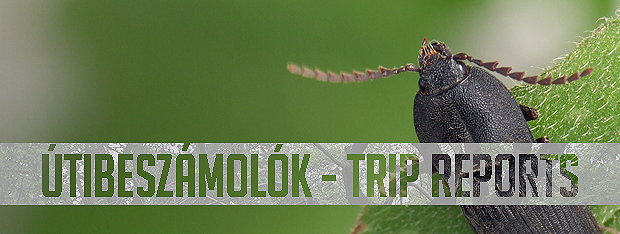
TRIP REPORTS
2007., NICARAGUA
photos and words: Merkl Ottó & Németh Tamás
In 2007 I had an opportunity to take
part in a two-week collecting trip to Nicaragua. Our friend Norbert
Bálint booked participation for himself and Ottó Merkl in
one of the famous entomological field trips organised by Jean-Michel
Maes, the Belgian-born leading entomologist of Nicaragua. Thanks
to the lucky financial situation I also became a member of the team.
After the twenty-two hours flight covering 8000 kilometres with three
stopovers (Milano, Caracas and Panama City) we arrived at Managua, the
capital of Nicaragua. Jean-Michel Maes received us at the airport. He
was our guide during the trip, and he organised our travel within the
country. Our bodies adapted to the Middle European climate suffered a
lot in the high humidity and at a temperature over 30°C even at
night.
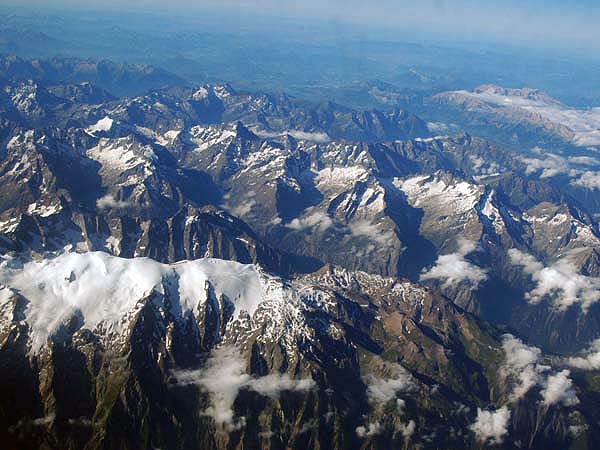
The Alps viewed from the plane.
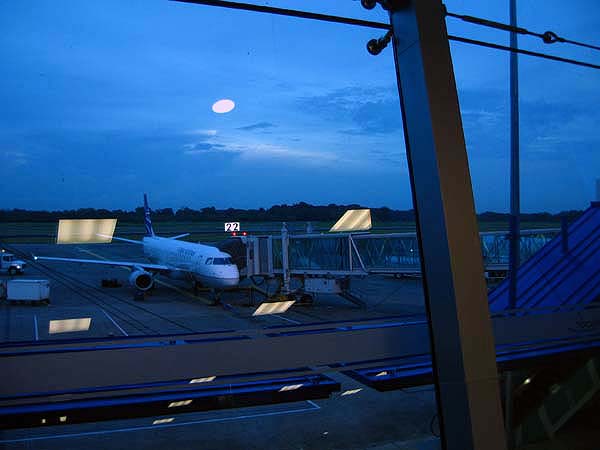
One of the stopovers: the airport of Panama City.
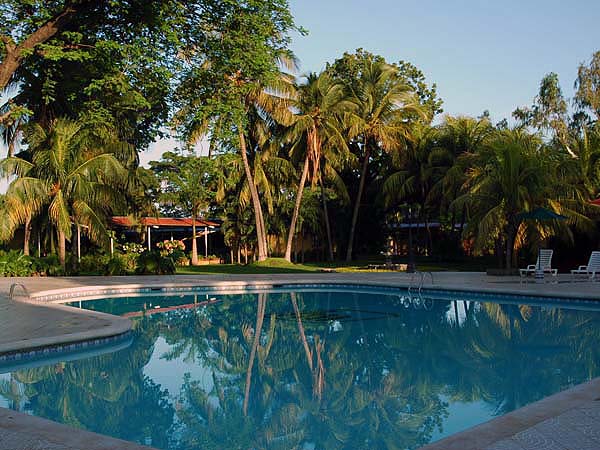
Our first morning at Hotel Mercedes in Managua. During the night we collected many insects around the lights of the hotel and the nearby petrol station.
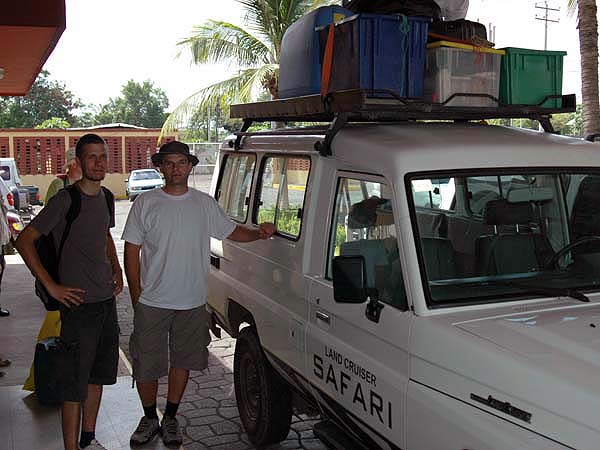
Next day: start to our first destination.



The Domitila Wildlife Reserve is a small private area, protected from agriculture and forestry.
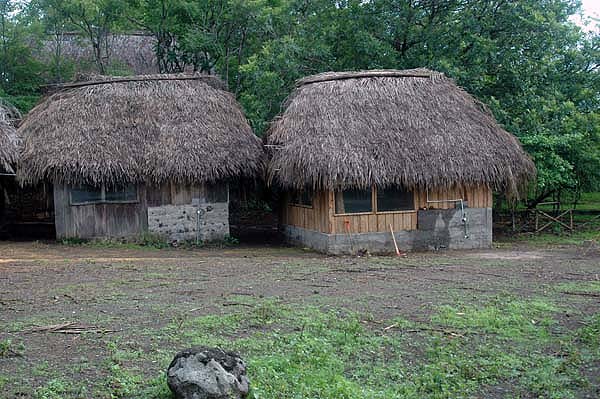
We lived in these huts in the next week. A British and a French entomologist joined us.
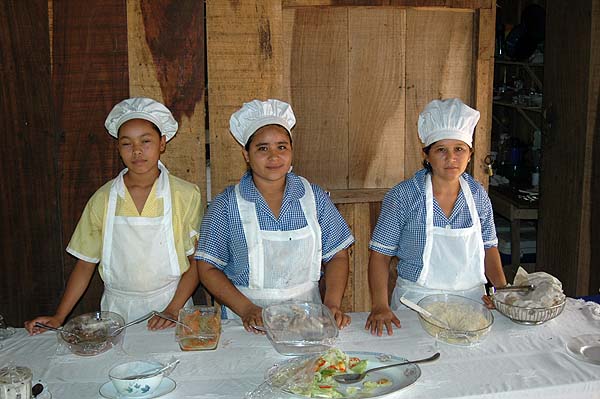
The three sisters were responsible for
catering and sanitation.
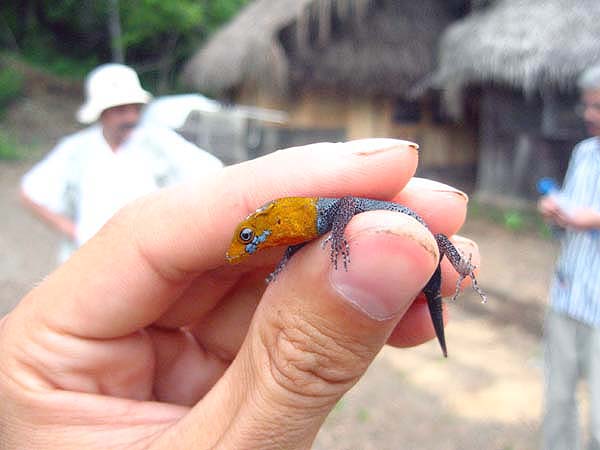
A gecko (Gonatodes albogularis) from the wall of our hut.

Norbert picked out a huge plate-sized tarantula from her hole.
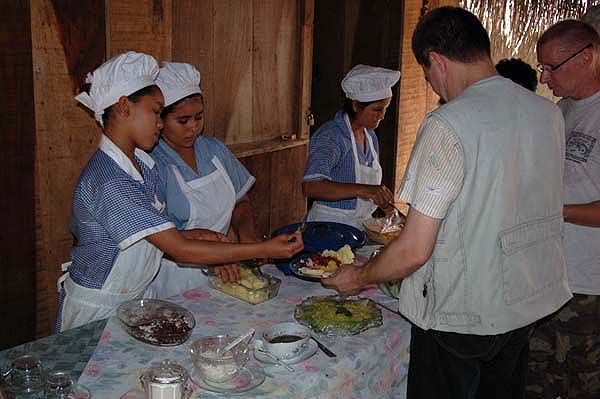
Lunchtime
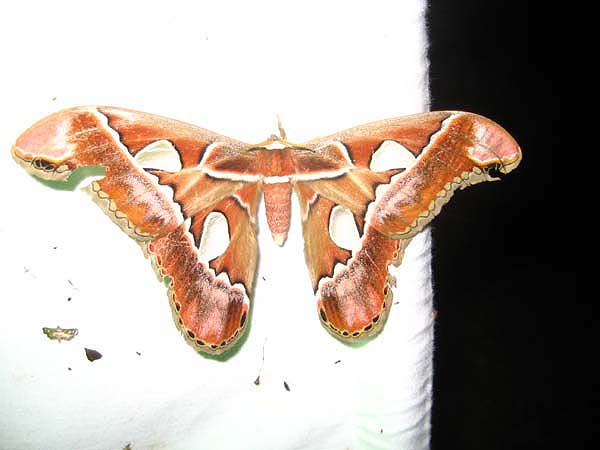
Looking at the results of the first nighttime collecting at light we suspected that the quantity of our jars and vials would not be enough.

Eacles imperialis (Saturniidae)

Bess beetle (Passalidae)
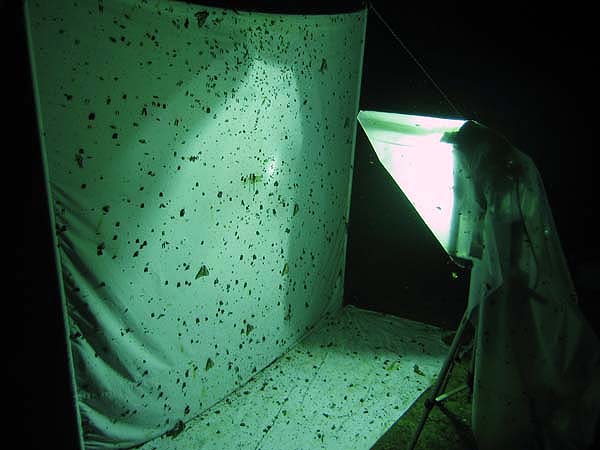

Sorting out the material in the morning.
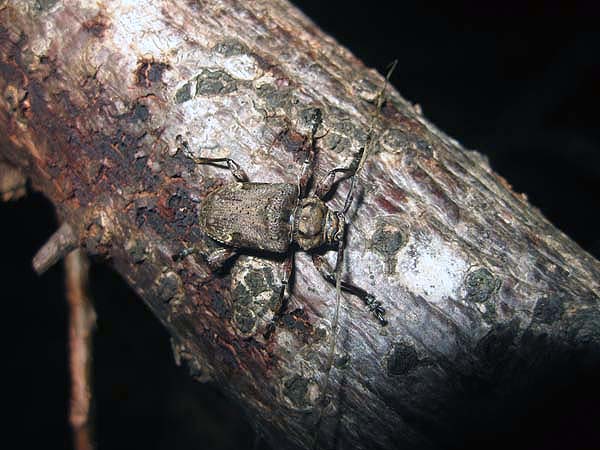
These longhorns (Lagocheirus araneiformis) were walking on a dead tree at night.

Gecko at night.
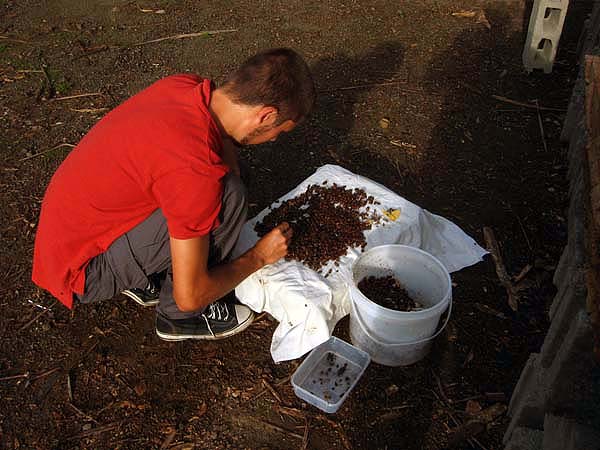
The five-liter bucket of our UV light-trap was filled with scarabs and other insects in a single night.

Strategus aloeus.
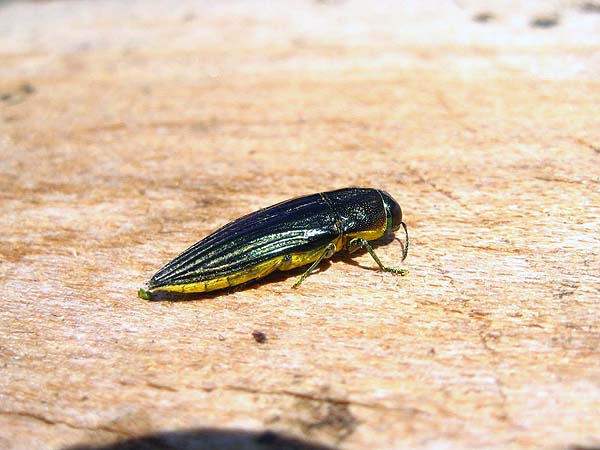
Our hut was constructed from freshly cut board, and the smell of wood attracted longhorns and jewel beetles.
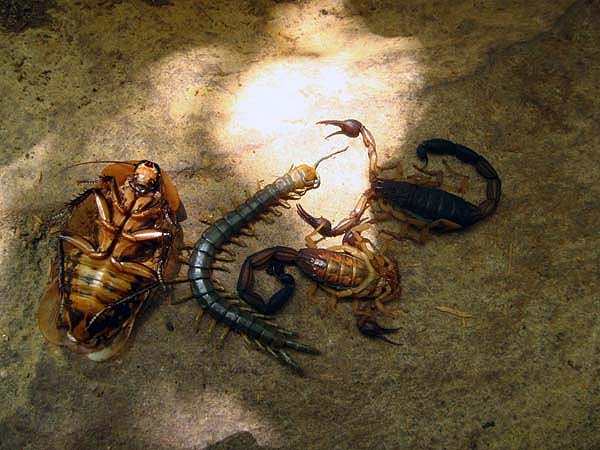
Friendly creatures.

We visited the nearby farm where the owner allowed us to collect.
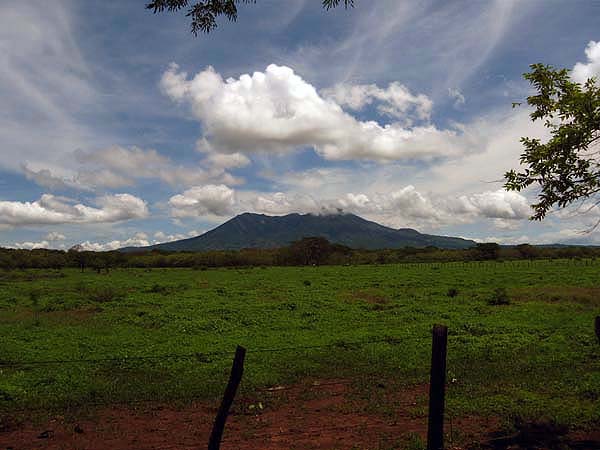
Volcán Mombacho


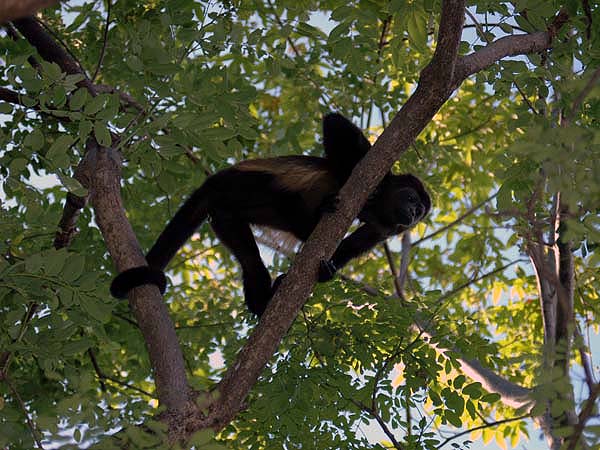
Mantled howler monkeys (Alouatta palliata) were shouting near to us, causing dreamless nights for Ottó.
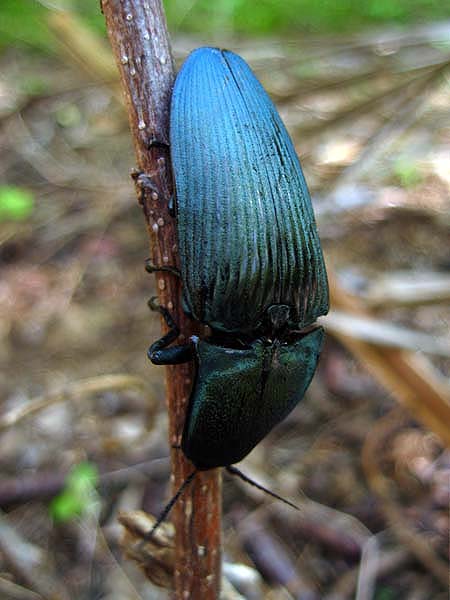
These huge click beetles were like flying gemstones. Chalcolepidius sp.
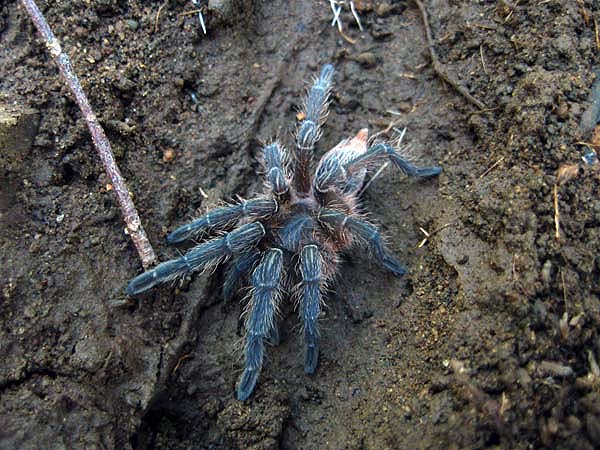
I found a young tarantula under a stone.
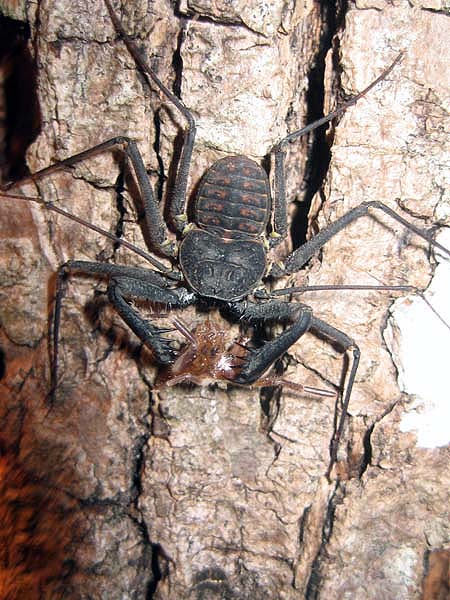
After dark tailess whip scorpions emerged from everywhere, even inside our huts.


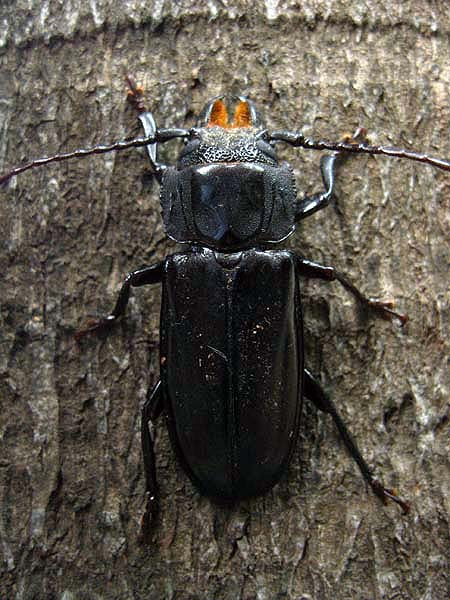
One of the longhorns (Mallodon spinibarbis).
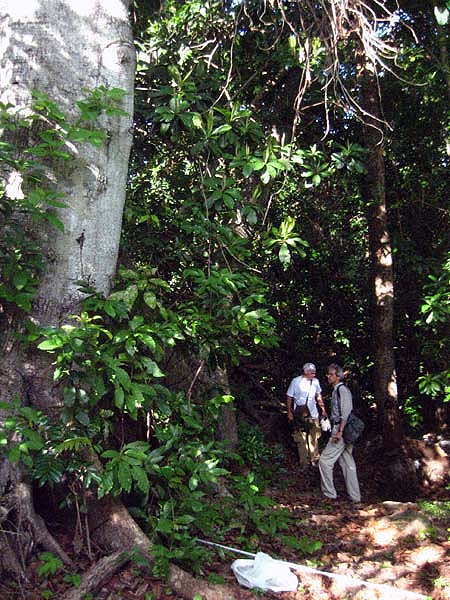
During the day we made collectings in the nearby forest.
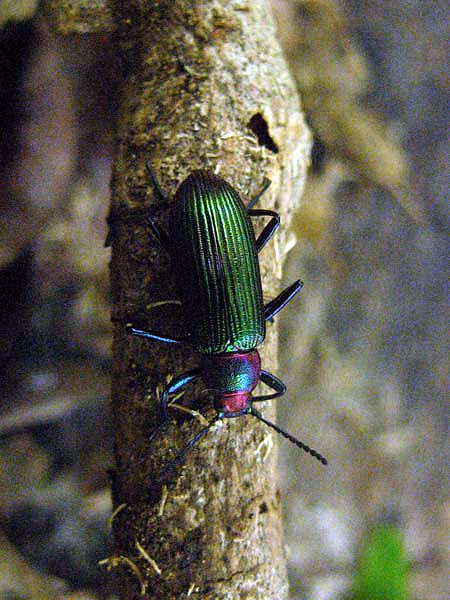
These darkling beetles (Strongylium auratum) were flying in the damp heat.
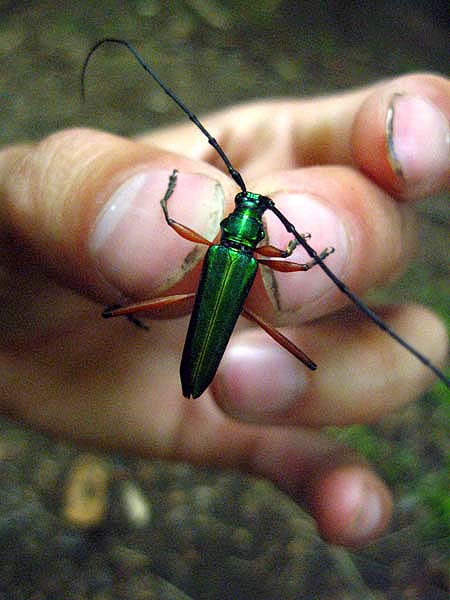
Using a long-handled net we could catch some nice longhorns
(Mionochroma novella) from the flowers of trees.

Every time we visited this dried-out tree, longhorns (Ornithia mexicana) were found on it.
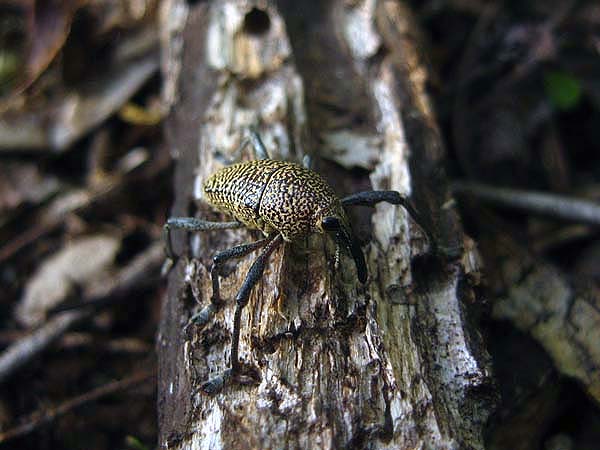
Flower-visiting weevil.
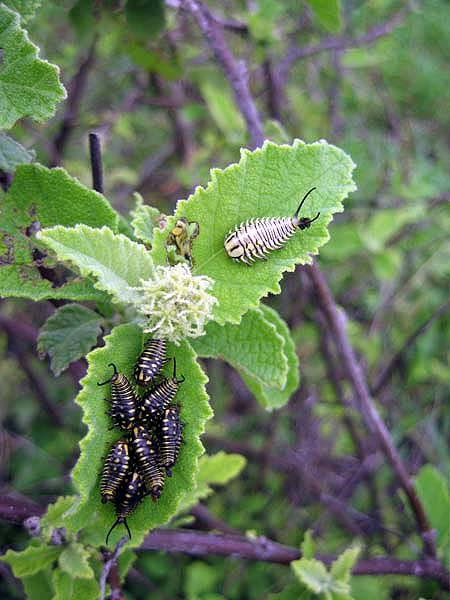
Weird larvae of tortoise beetles (Physonota sp.).

Tortoise beetle.
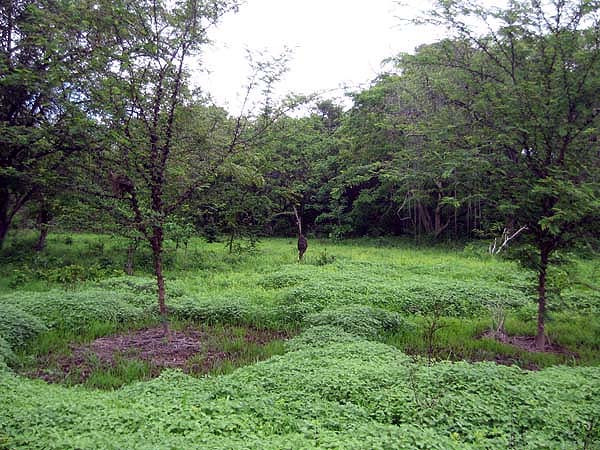
Inside the spines of some shrubs little ants dwelled, with painful bite. These ants, like small gardeners,
cleared the ground, and removed every rival plant around the shrub they lived on.
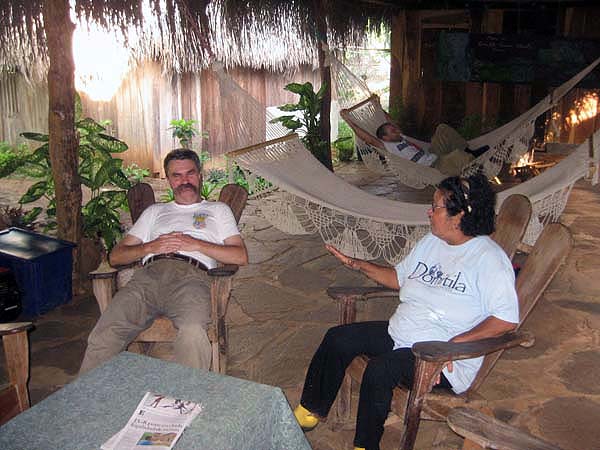
Rest after lunch. To the left our guide Jean-Michel Maes, to the right Maria, the manager of the small farm. Her first husband was born in Hungary.

Brown vinesnake (Oxybelis aeneus).
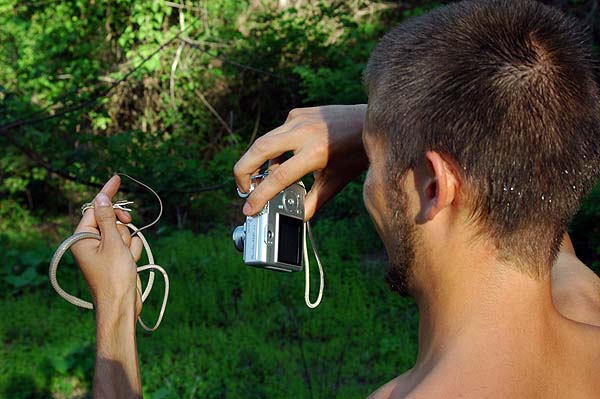
When handled, it was not so friendly.

Whites (Phoebis spp.) sipping fluids on the wet ground next to our "bathroom".
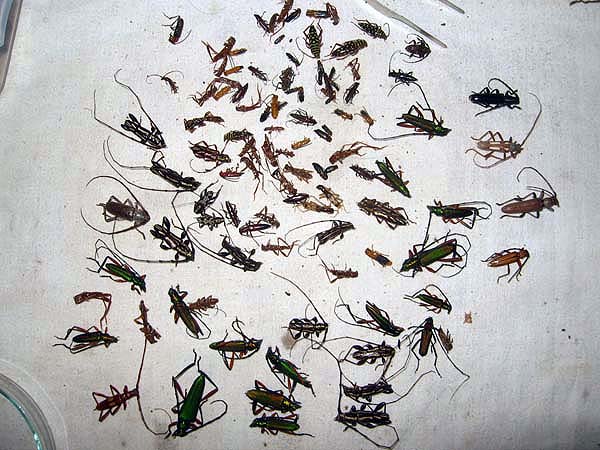
Longhorns.
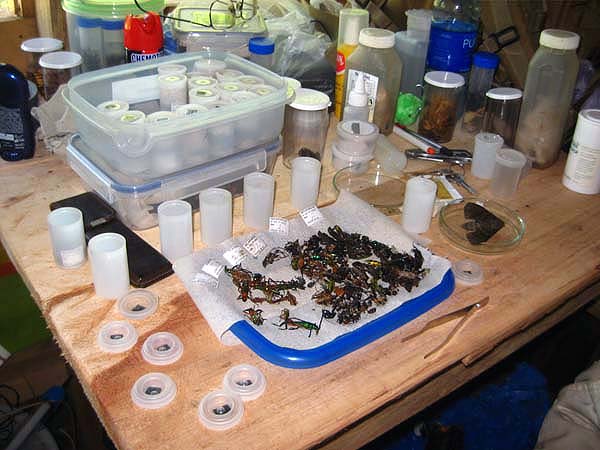
Sorting out the material.

One portion.
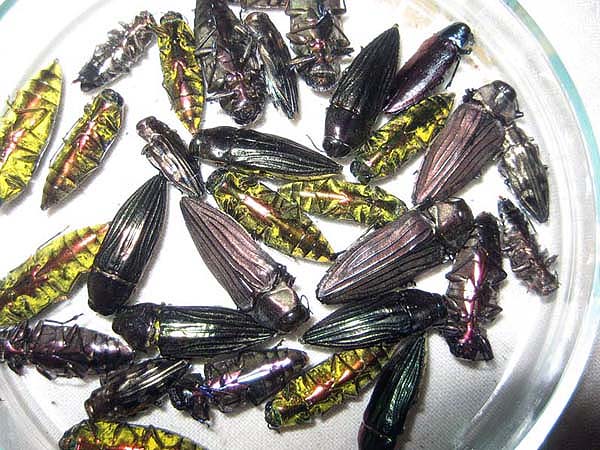
Jewel beetles.
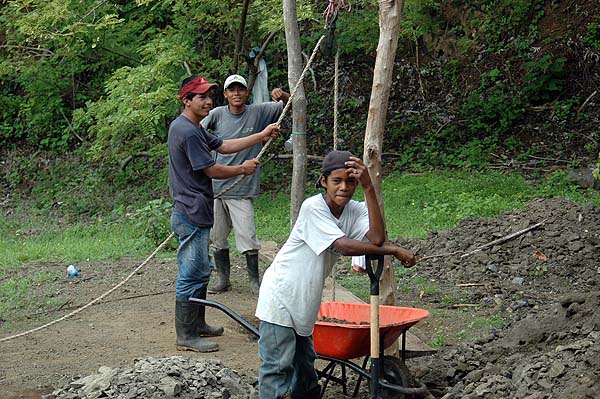
Local kids digging a well.
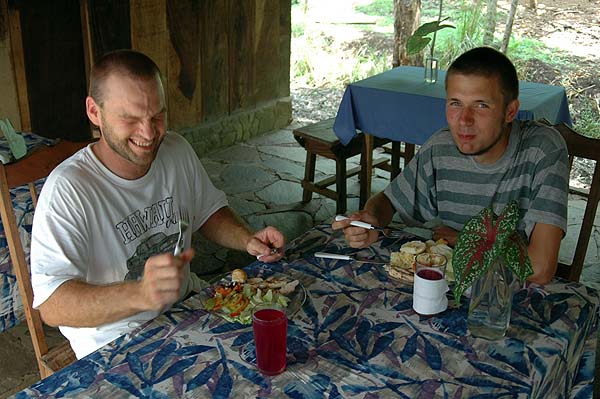
Feeding is fun.
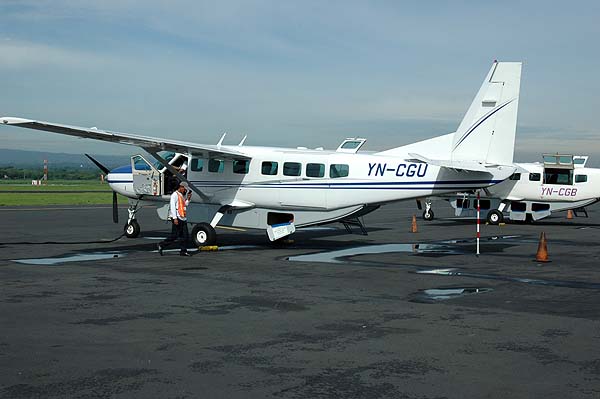
After spending one week in Domitila, we used a small plane to get to the south-eastern corner of the country.

Useful products at the airport.
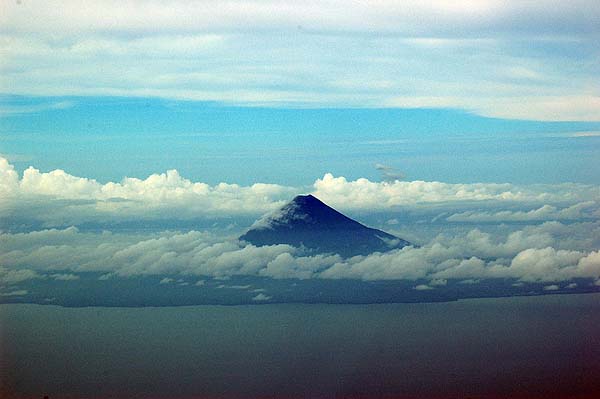
Above Lake Nicaragua. Volcán Concepción, Isla de Ometepe.
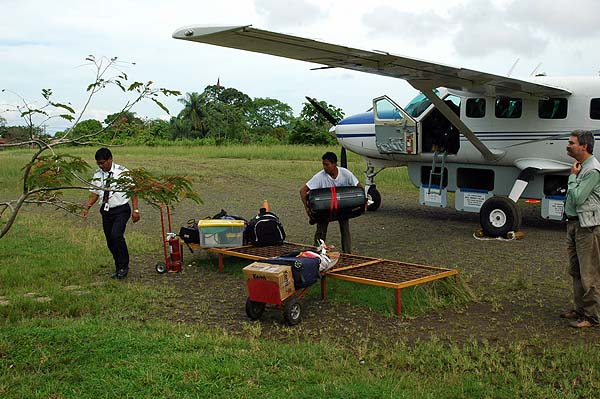
San Carlos airport...
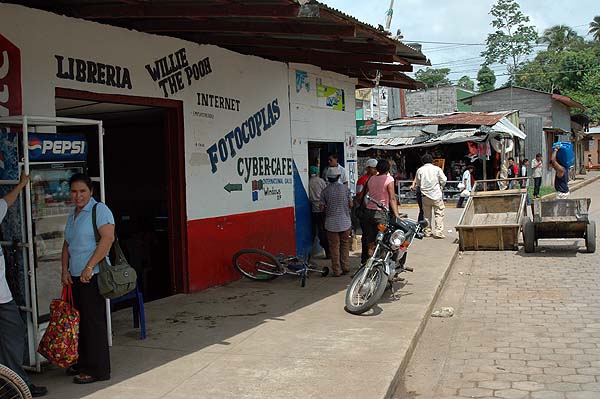
Street in San Carlos.
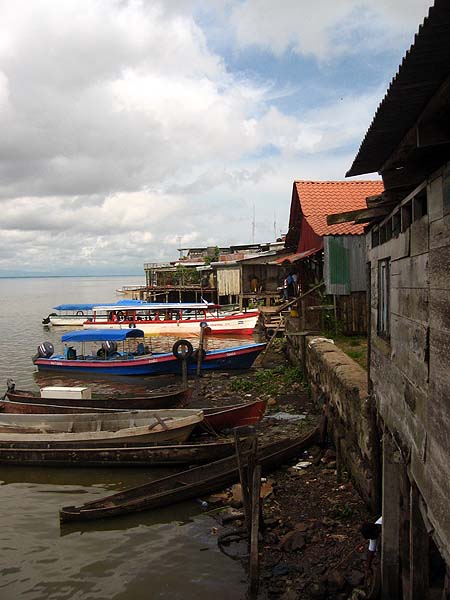
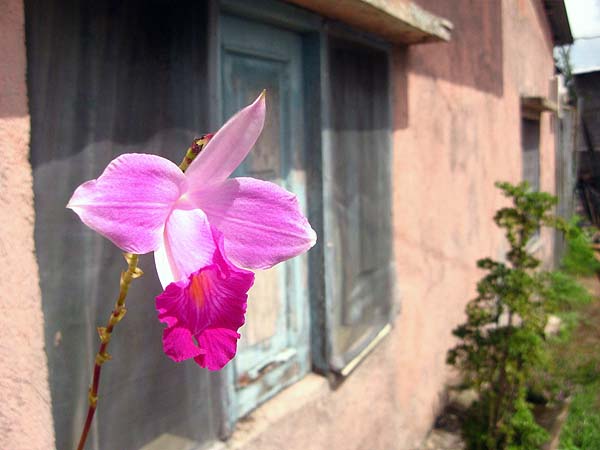
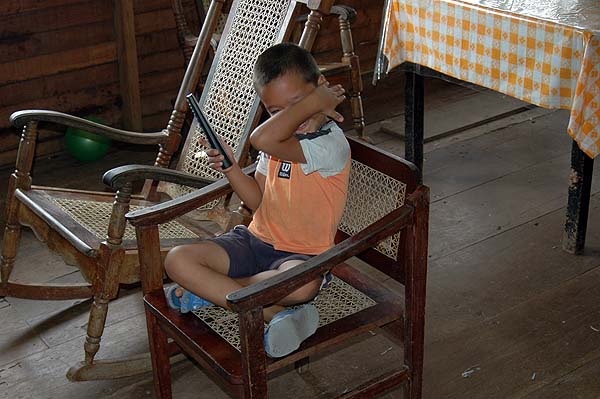
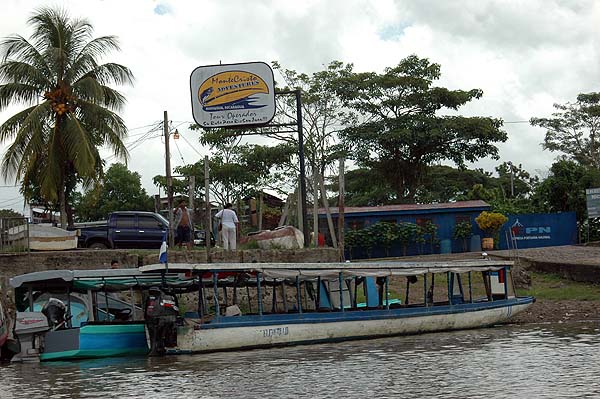
From the town of San Carlos we travelled on boat for three hours down the San Juan river, to our second destination at the Costa Rica border.
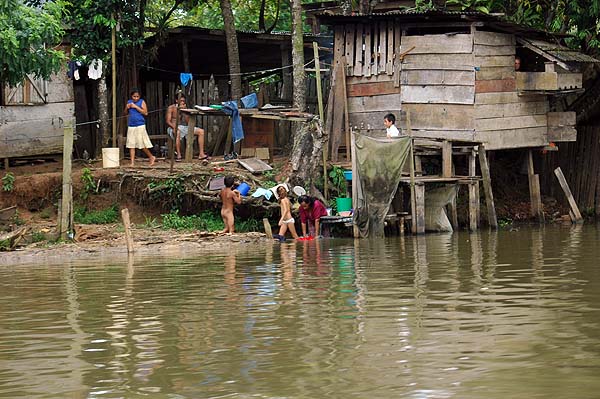
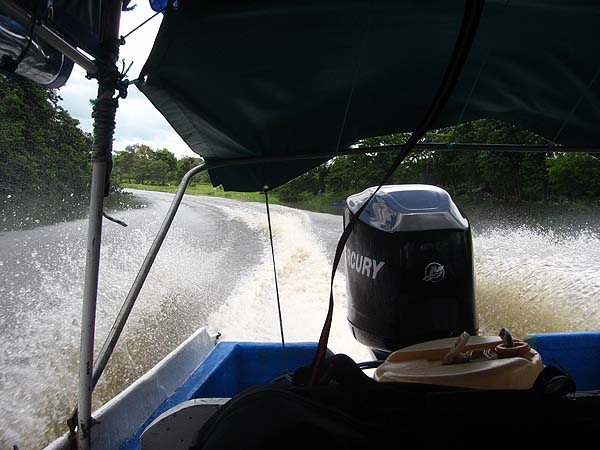
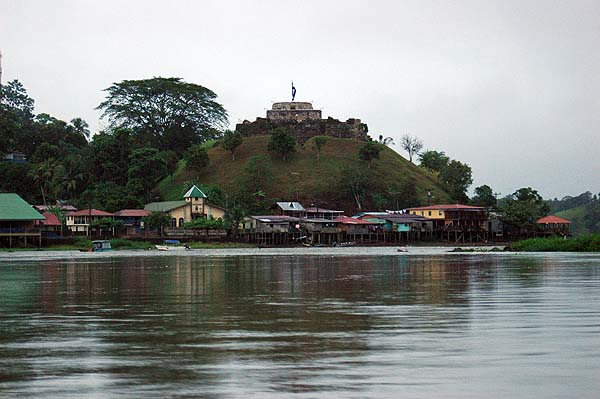
El Castillo.
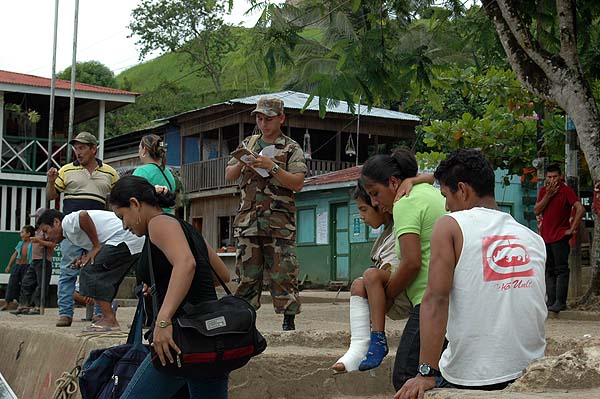
Every time we reached a township, soldiers checked our papers.
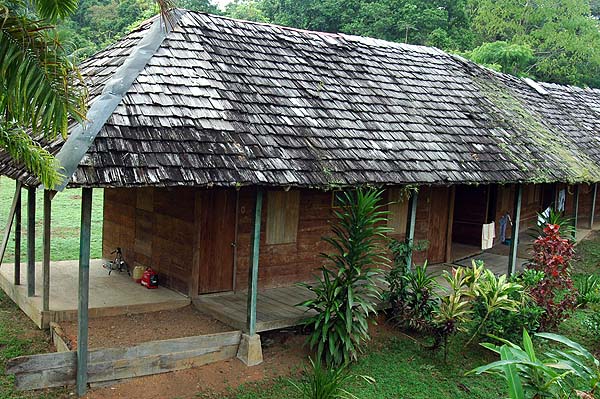
Our accomodation was very comfortable. Everyone had his own room and bathroom.

Morning mist above the river. Humidity is almost 100%.

Mexican calabash or gourd tree (Crescentia alata).
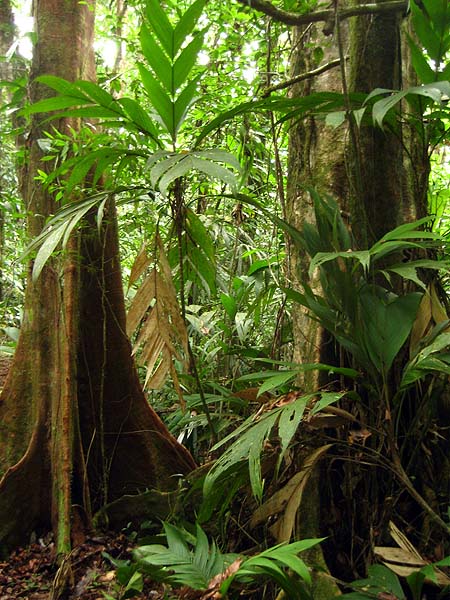
In these rainforests we spotted the first butressed trees.
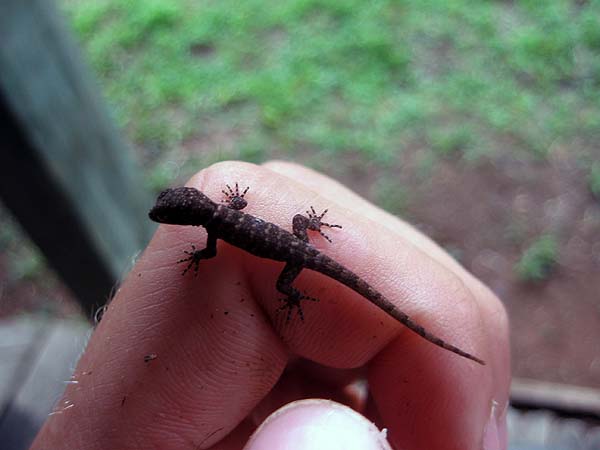
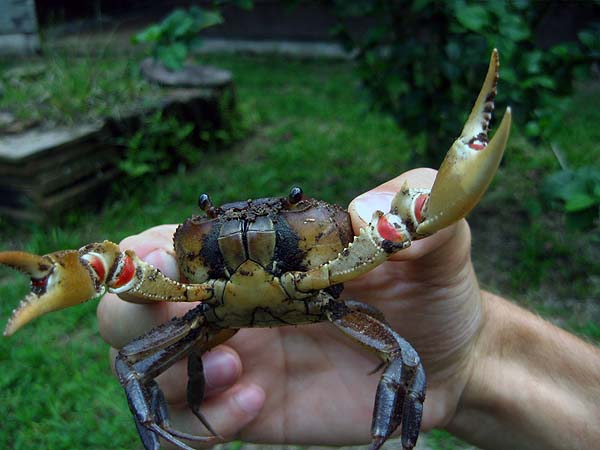
This land crab was hiding in a decaying stump.
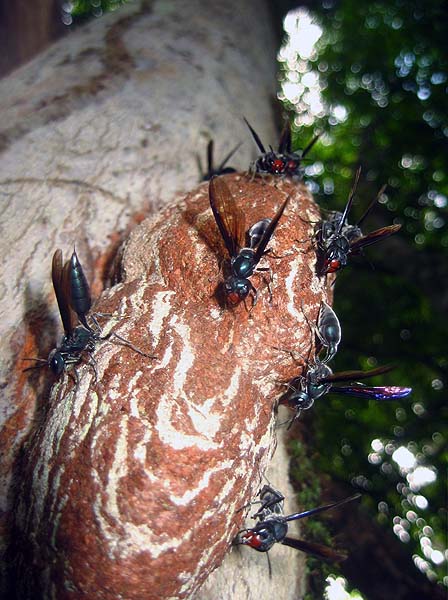
These two or three centimeters long wasps agressively defended their nest.
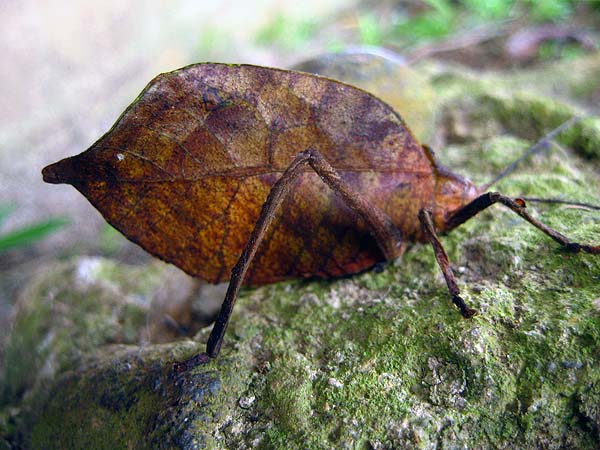
Leaf-resembling katydid.
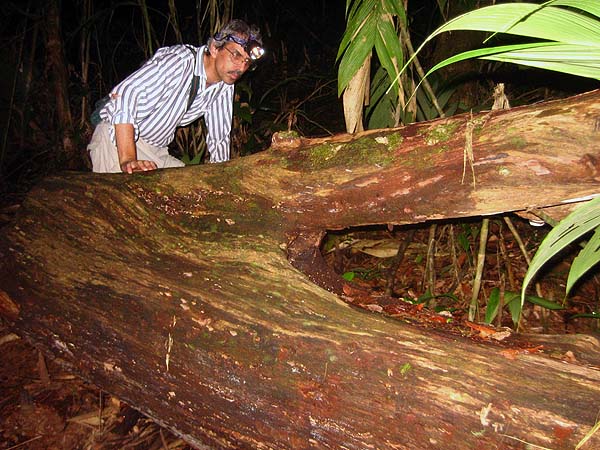
At night we examined dead logs and fungi, with torchs.
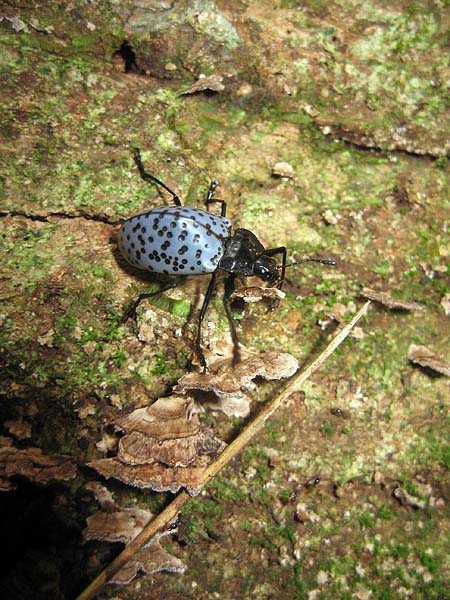
Pleasing fungus beetle (Gibbifer sp.).
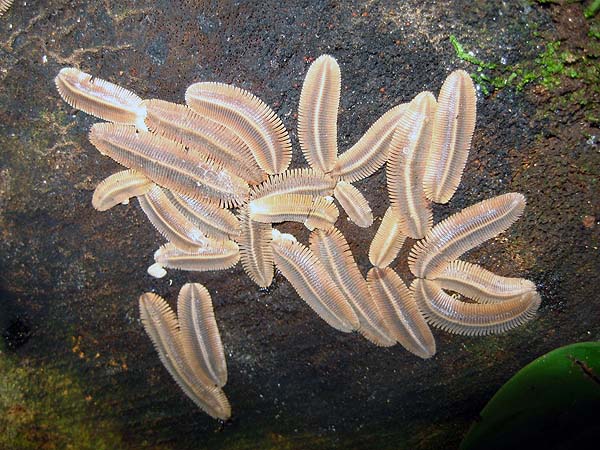
Millipedes (Platydesmida).
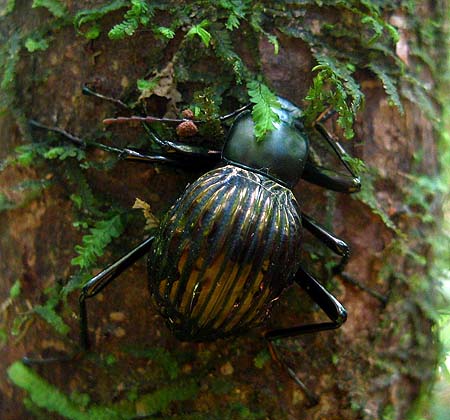
Darkling beetle (Hegemona filibuster).
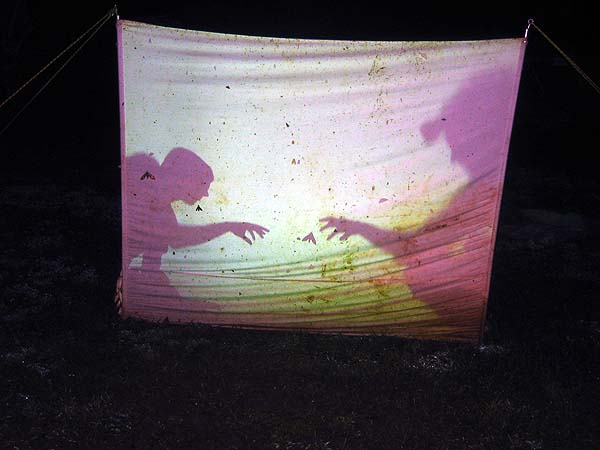
Surprisingly few beetles were attracted by the illuminated white sheet.
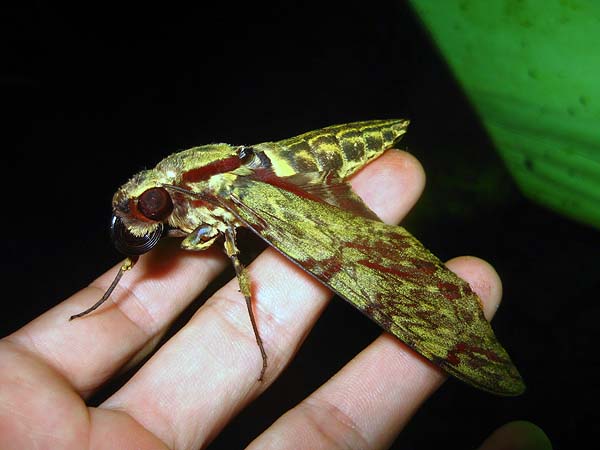
Huge hawkmoth (Amphimoea walkeri) with nearly 30 cm long proboscis.
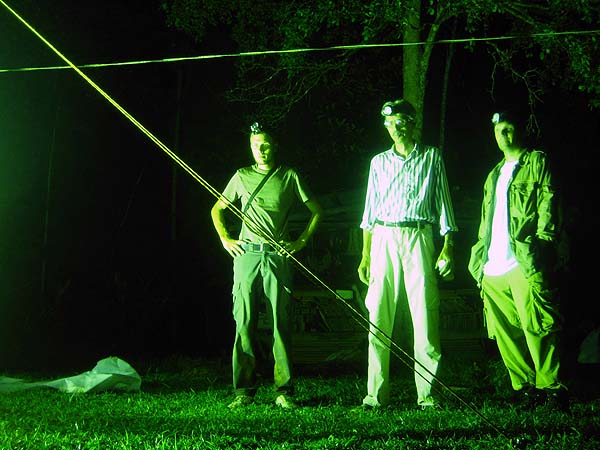
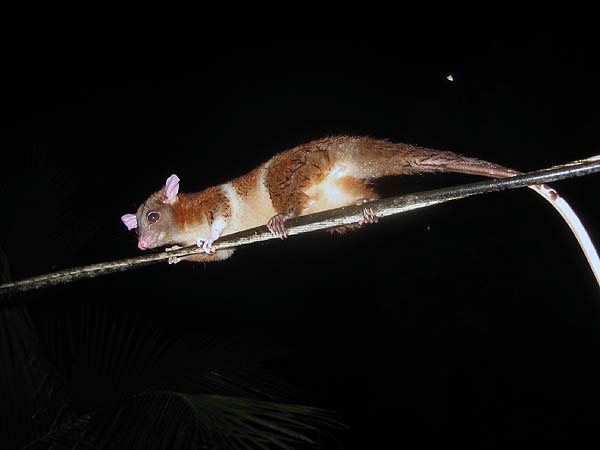
A Central American woolly opossum (Caluromys derbianus) surprised us at night.
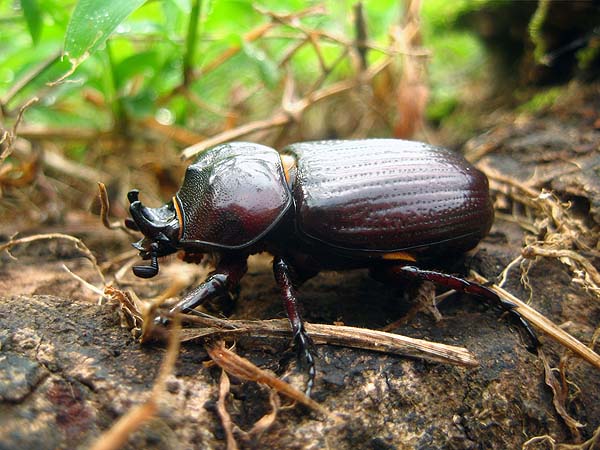
Double-horned rhinoceros beetle (Phileurus carinatus).
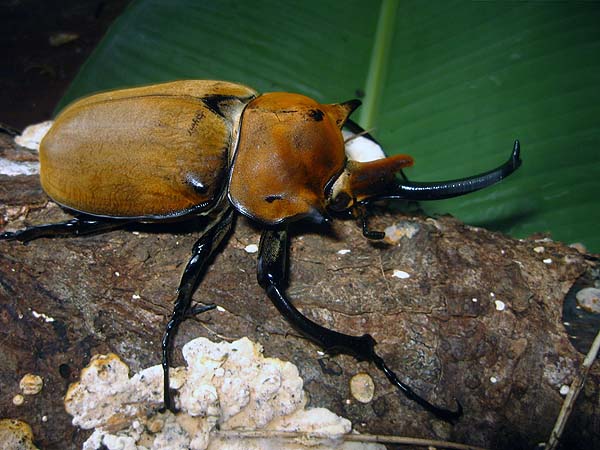
One of the biggest dynastids arrived at our light.
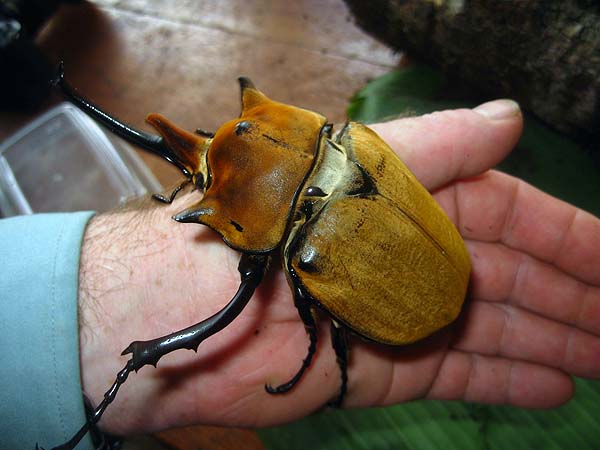
The size of male Megasoma elephas is impressing.
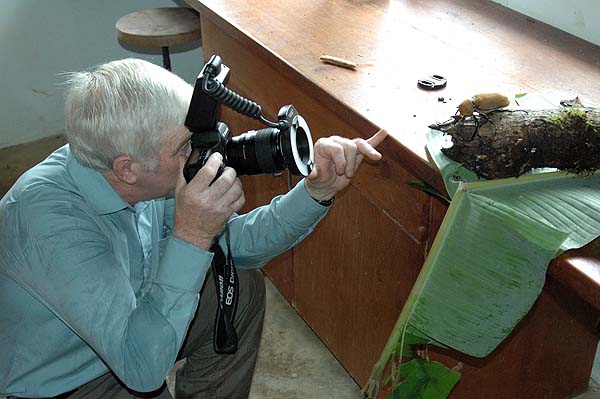
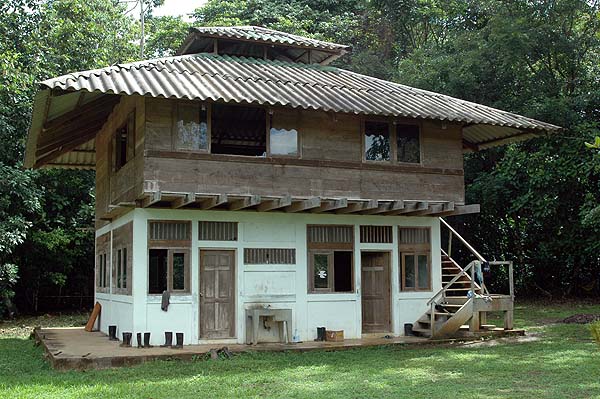
There was a small house at the end of the clearing. The locals called it "laboratory".
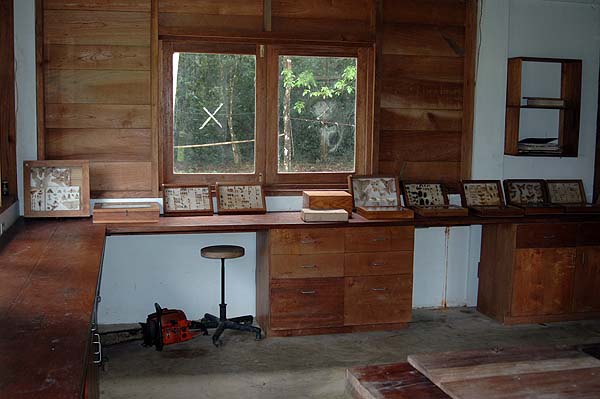
Inside this building we found old insect and reptile collections.
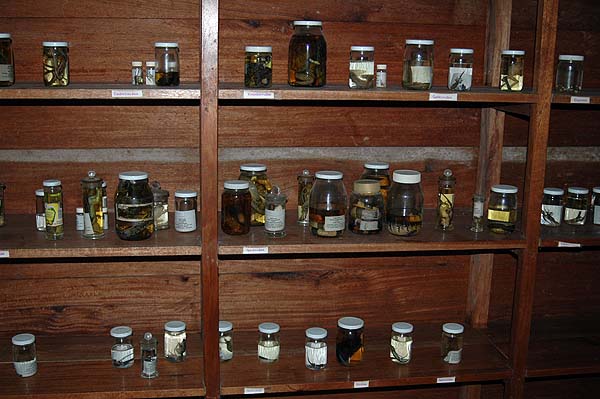
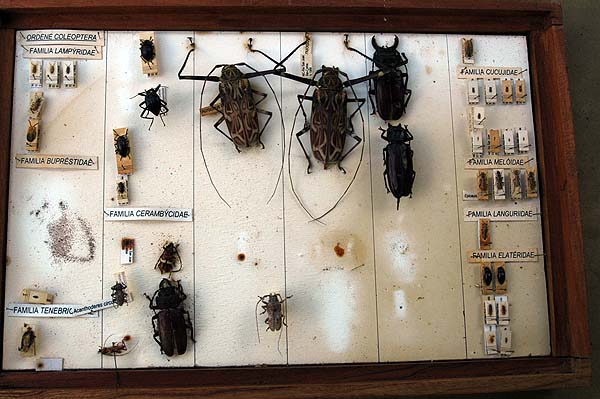
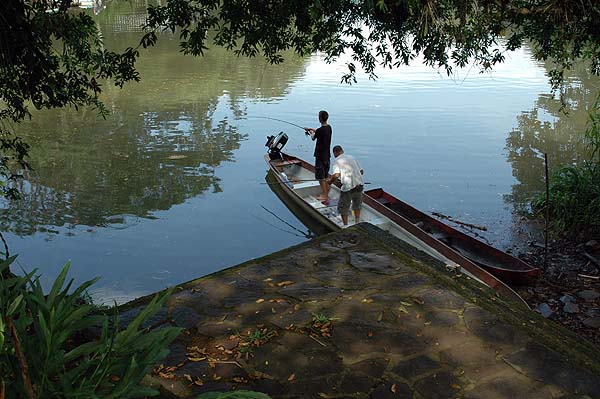
Collecting during the day was not so effective, so we spent some time with fishing.
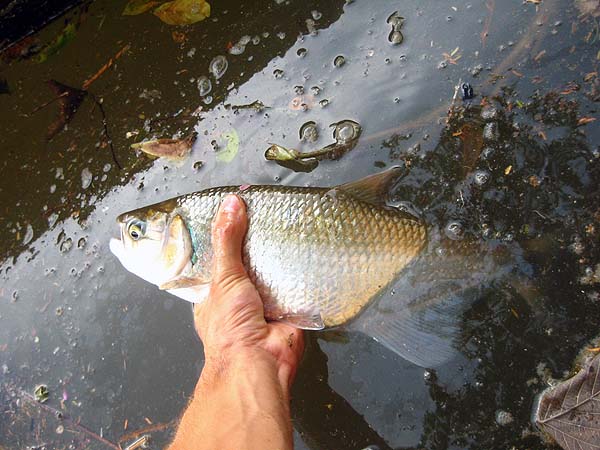
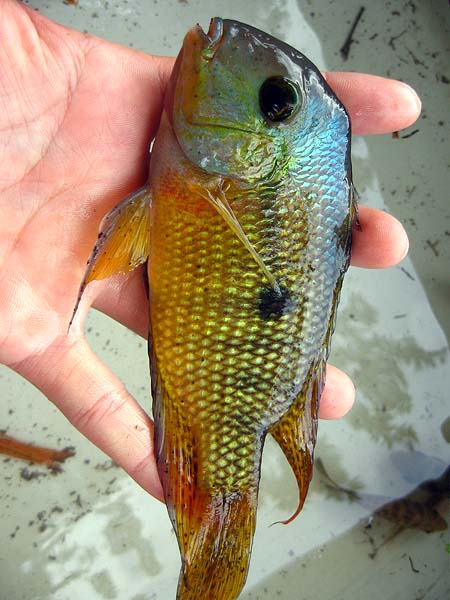
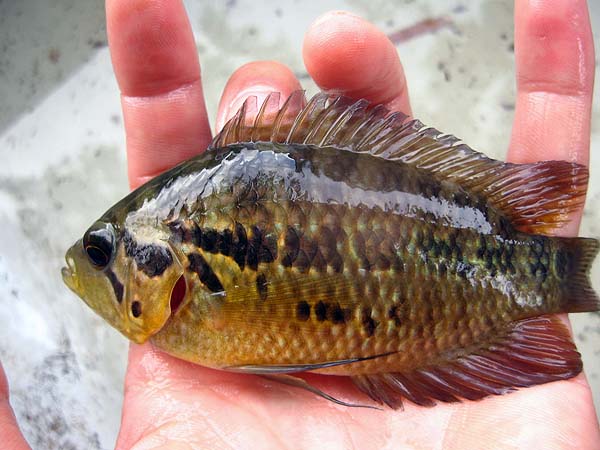
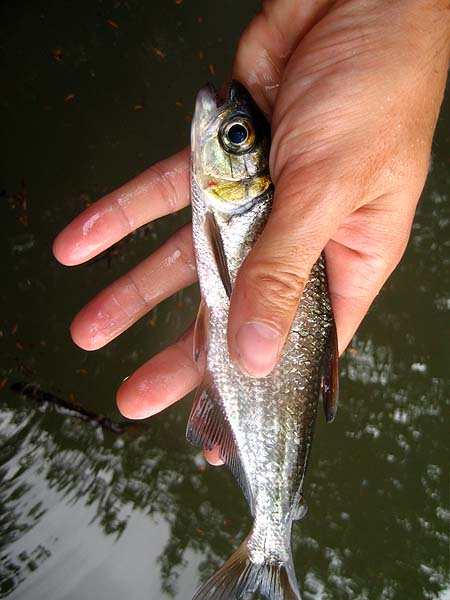
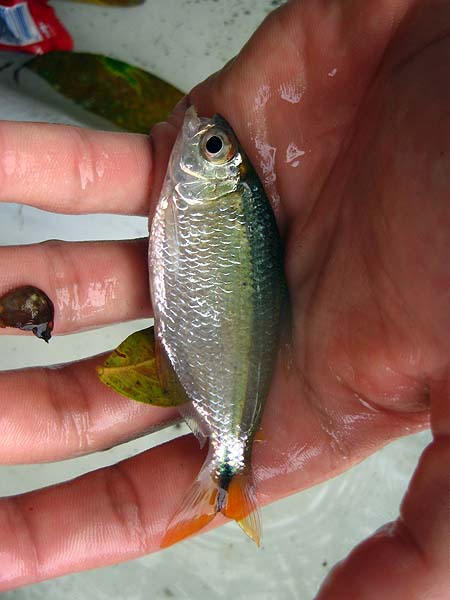
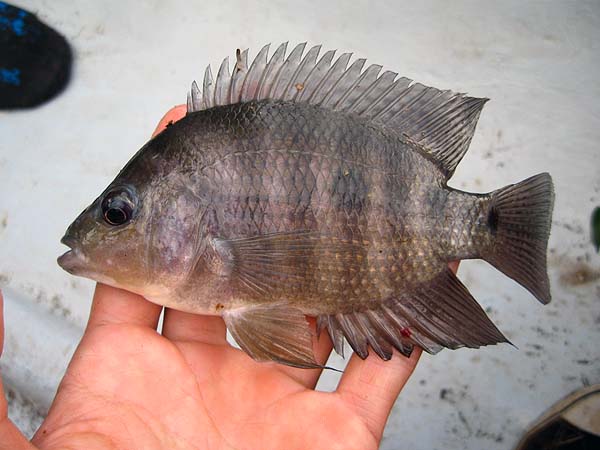
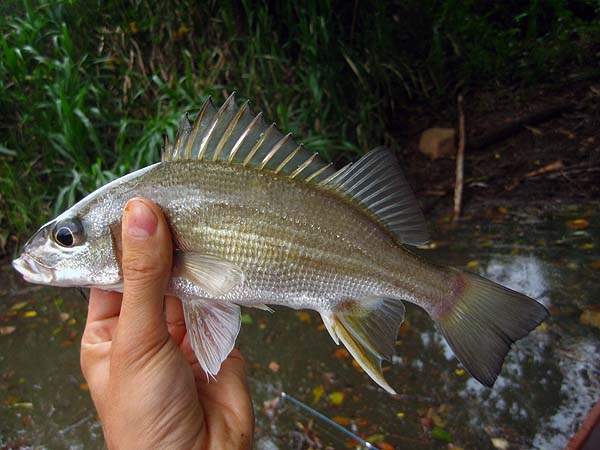
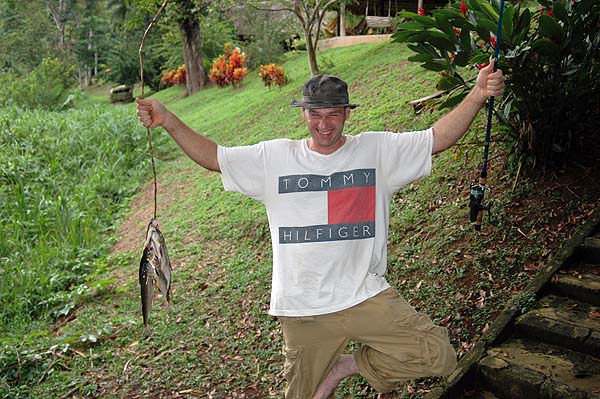
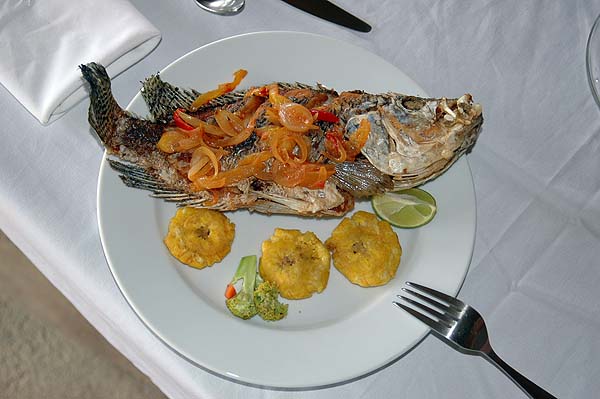
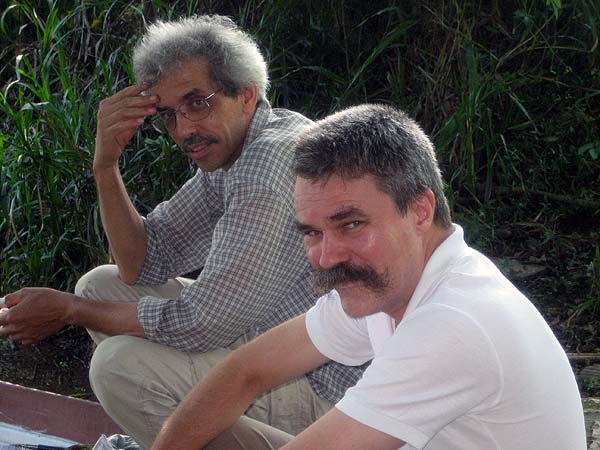
Ottó and Jean-Michel.

The heavy rains woke up the frogs. Smilisca sp.
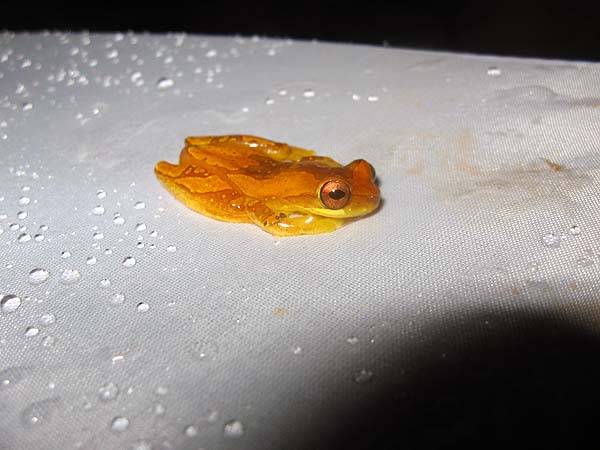
Dendropsophus ebraccatus.
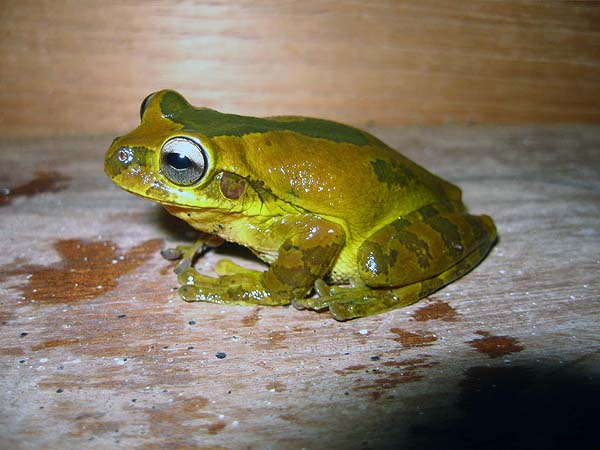
Smilisca baudinii.
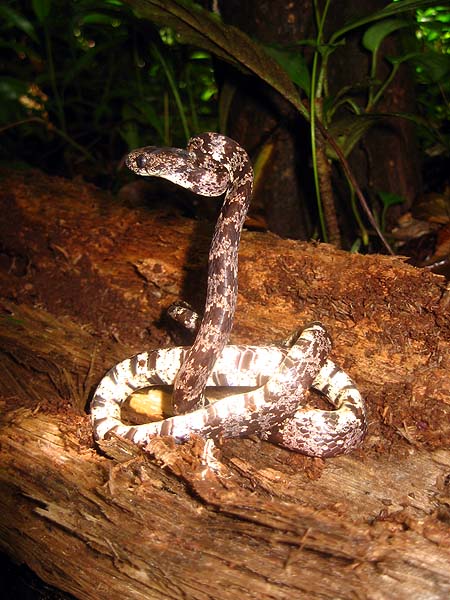
This fer-de-lance pit viper (Bothrops asper) was found under loose bark.
Thanks for Judit Vörös (HNHM) for identifying the reptiles and amphibians.
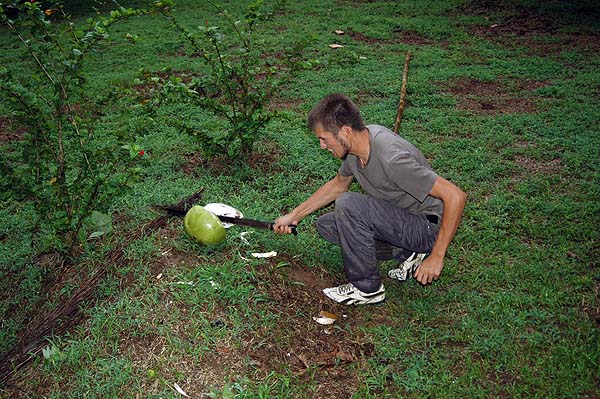
The planted Mexican calabash or gourd tree (Crescentia alata) had huge, hard fruits.
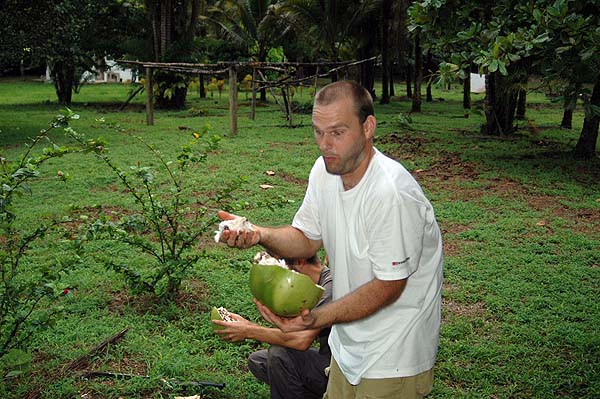
But these fruits are inedible.
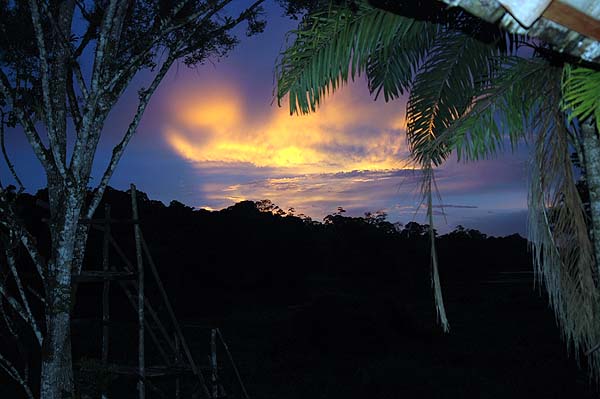
Sailing out at dawn.
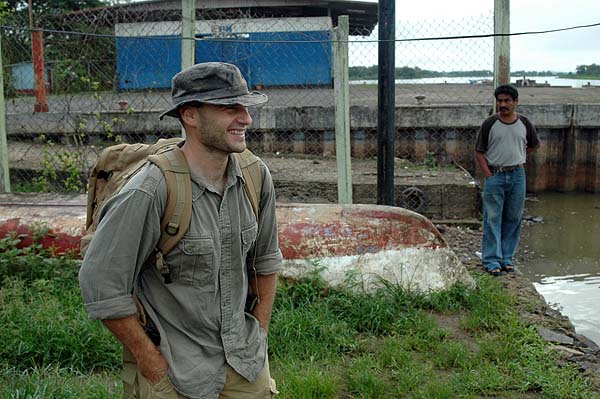

Our plane is landing on the dirty runway.
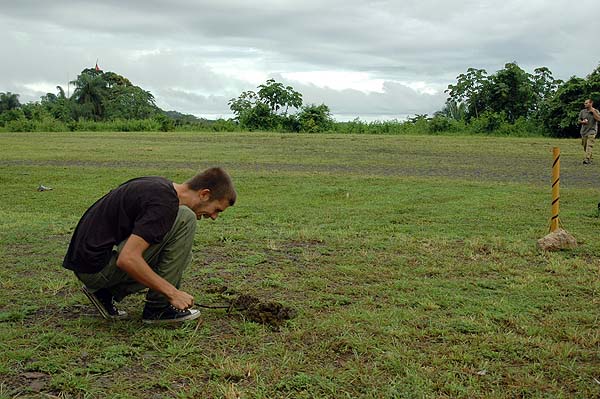
Collecting from dung on the runway.
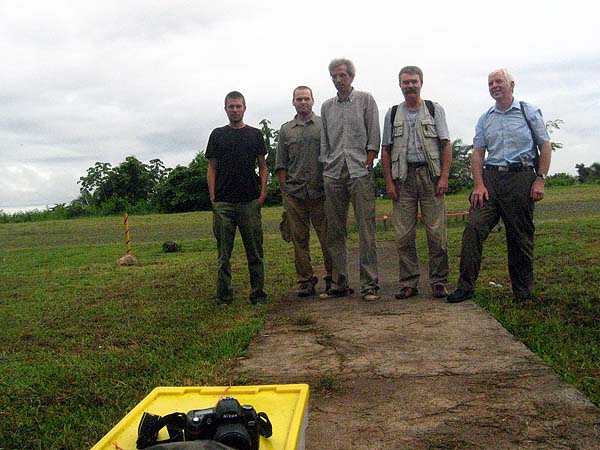
We were quite exhausted in the end of the second week.


In our last afternoon we caught a taxi, and visited one of the local markets, Mercado Huembes.

Old American schoolbuses are used for public transport.
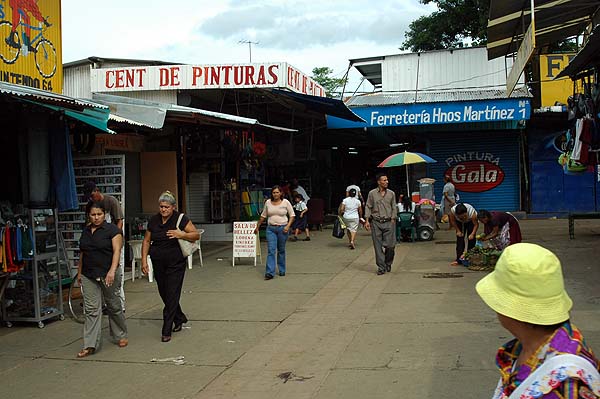
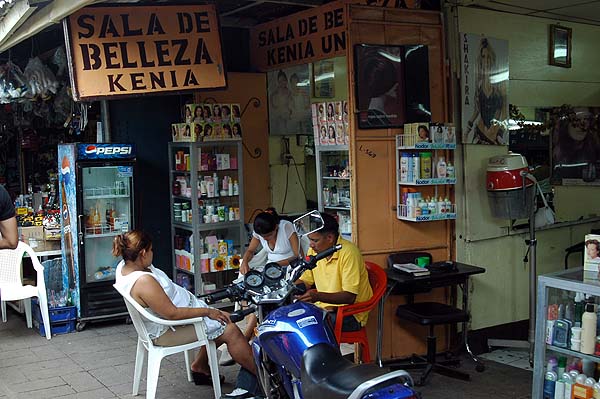

Sweets without cooling, in 40°C.
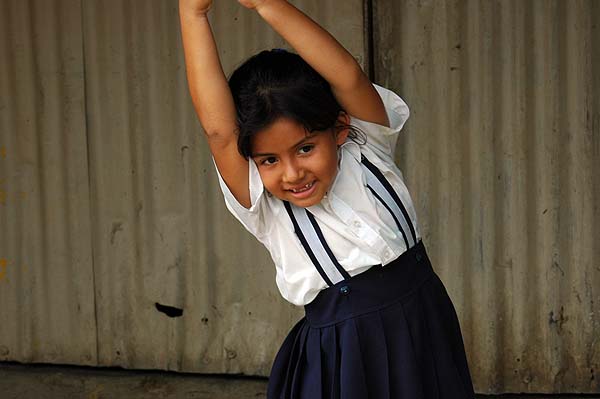
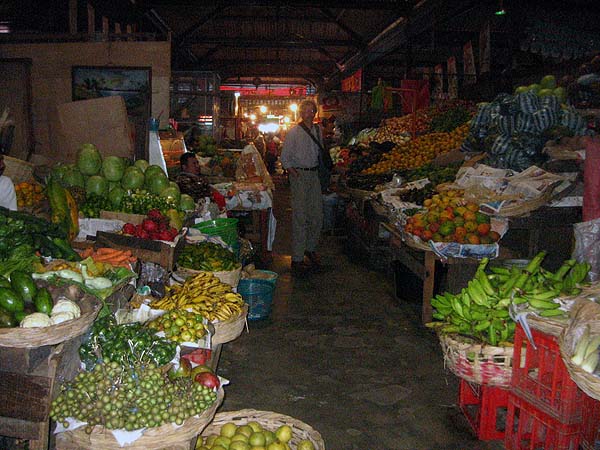
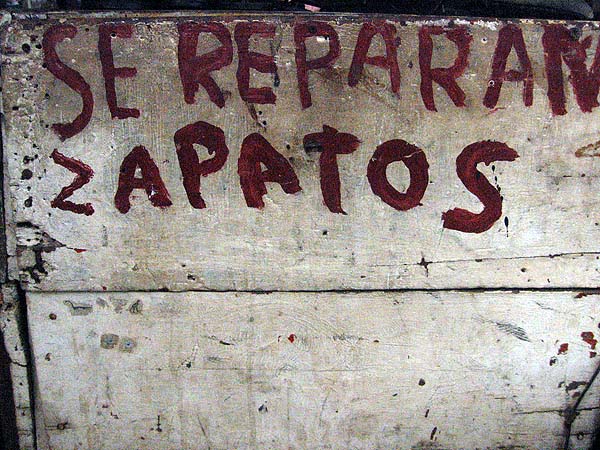
Shoemaker
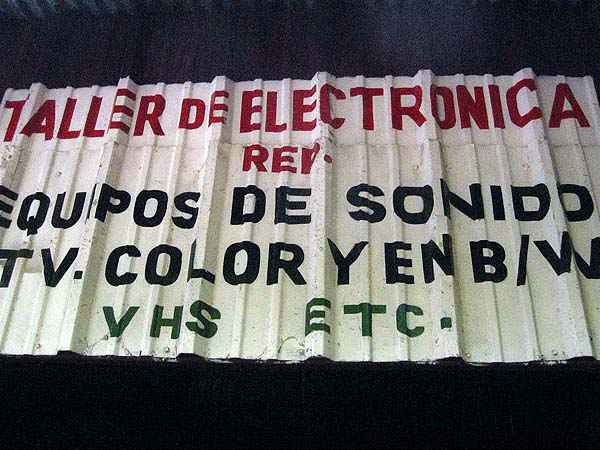
Electronical-shop-

Hairdresser.
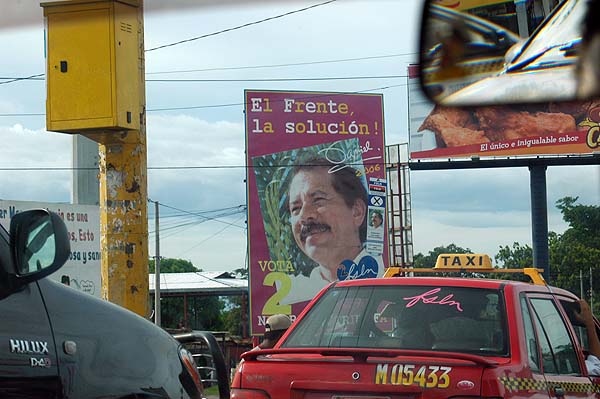
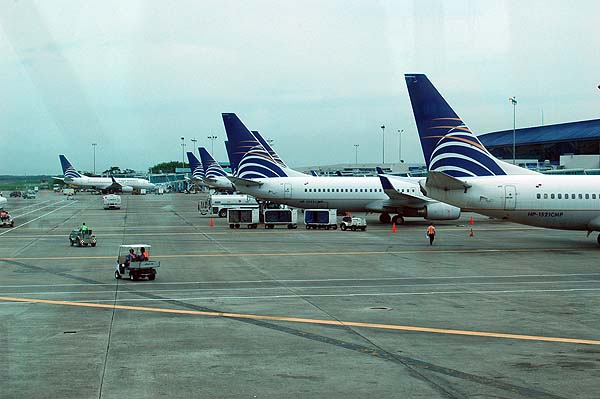
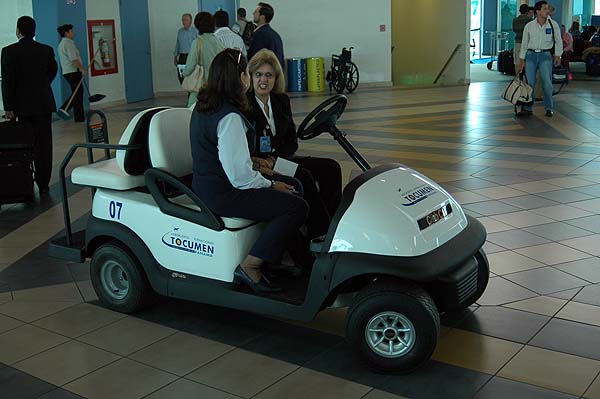
Pictures of the fauna of an airport: Hamster (Cricetus cricetus) defending his territory.
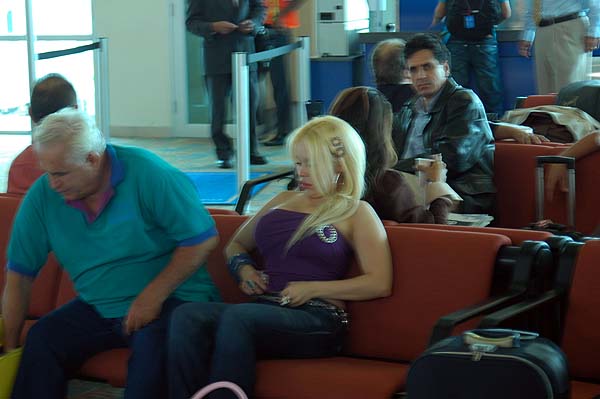
Posing wild turkeys (Meleagris gallopavo).
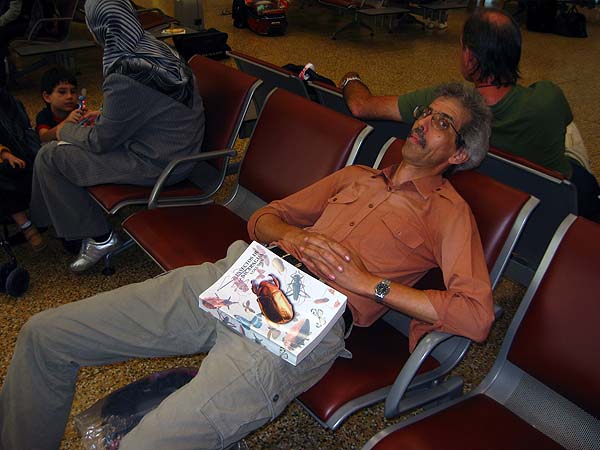
Tired coleopterist.
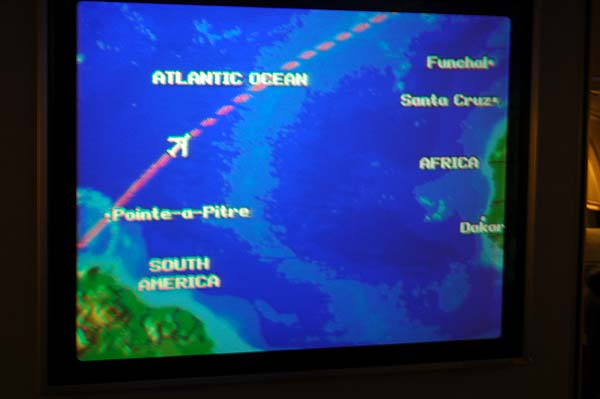
..almost there!
Copyright
©
2009. Hungarian Natural History Museum,
Department of Zoology, Coleoptera Collection